Many car owners think that just washing off the mud is enough, but the reality is not that simple. Rainwater contains acid and mineral residues, which when dried will condense on the car's paint surface, causing damage or leaving permanent stains. For cars traveling through flooded areas, floodwater contains many impurities that can penetrate important systems such as brakes, electrical, and engine, reducing the life and performance of the car.
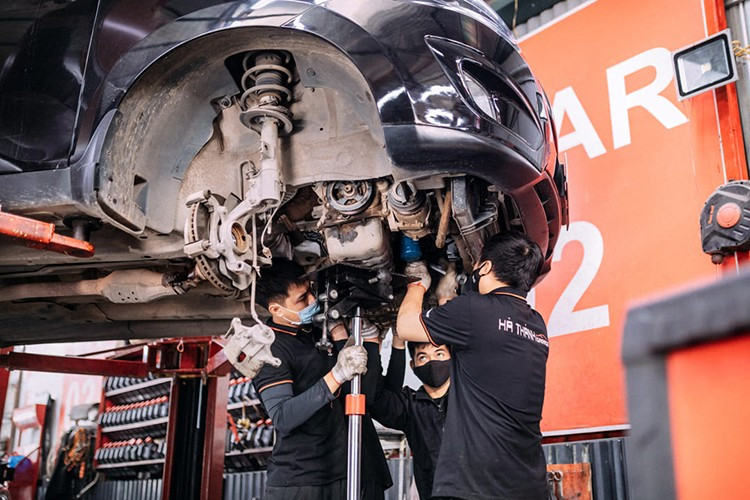
This article will guide you on how to properly care for and maintain your car after driving in stormy weather:
Clean the car body properly
Washing your car during the rainy season is not as pointless as many people think. When the rainwater dries, the acid or mineral residue will be deposited on the paint.
Recommended car washing process: Spray water first to remove dirt, avoid scratching the protective paint layer when washing directly. Use a specialized car washing solution that does not contain strong detergents. Dry with a soft microfiber towel. Do not leave the car in the sun immediately after washing to avoid dry water leaving stains.
Clean the windshield
Windshields can accumulate fog from rain, affecting forward visibility while driving. Use a dedicated windshield washer fluid and windshield wiper to ensure optimal clarity.
Check and maintain wipers
Wiper blades should be replaced annually because they wear out over time, becoming dry, cracked, and brittle. Damaged wiper blades not only clean the glass less effectively, but also leave streaks that obscure visibility, making driving dangerous.
Check the battery
Due to corrosion caused by humidity and splashing water during the rainy season, the 5-year life of a car battery can be shortened by 1 to 2 years. Signs to watch out for: difficulty starting the car or dim lights. Replace the battery immediately if signs of weakness are detected to avoid being stranded on the road.
Check rubber gasket
Rubber seals around car doors, windows, and trunk can wear out and loosen over time. Check regularly and clean to detect early water leaks into the cabin.
Brake system maintenance
Brakes become less effective when wet. After driving in the rain or through flooded areas: Find a safe place and gently apply the brakes several times to dry the brake discs. Check the brake fluid as it absorbs moisture in the rain. Be careful not to brake suddenly to avoid a collision.
Check the lighting system
Make sure your headlights, fog lights, and tail lights are working properly, as this is an important safety feature when driving in heavy rain. Headlight lenses can be polished to improve brightness.
In-depth inspection for vehicles passing through flooded areas
For vehicles that have to wade through flooded areas, the Registration Center has shared a basic inspection process consisting of 20 items, in which vehicle owners can request flexible repair facilities depending on the specific level of flooding.
Priority testing steps
Step 1: Assess the level of flooding
Confirm the level of water damage outside the vehicle to assess the extent of damage to the undercarriage and engine compartment. Check the level of water damage inside the vehicle as if the vehicle has been through a flooded area, the level of water damage inside and outside may be different.
Step 2: Electrical system safety
Before removing the connectors on the vehicle, it is necessary to remove the negative battery terminal to prevent damage.
Step 3: Check the brake system
Just soaking in water for 1 day will immediately affect the brake system. Soaking in water, especially flood water with many impurities, makes the oxidation speed at the contact point faster.
The brake mechanism, including both foot brake and hand brake, must be removed for cleaning and maintenance to avoid the brake pads from hardening with the disc or becoming seriously rusted.
Step 4: Check the electrical system
Just a car with water flooding the floor requires removing the entire floor and checking the underground wiring.
Cars that have been submerged in floodwater for a long time will have their electronic circuit boards and wiring penetrated by water, causing damage or unstable operation. They should be disassembled and thoroughly inspected, and replaced if the quality is no longer satisfactory.
Based on the level of flooding to judge the flooding condition of the electrical connector on the car. In case the connector is dirty due to dust, it can be reused. However, if it is rusted, please replace it.
Step 5: Replace oil and grease
Once a car is submerged in flood water, almost all the engine oil, grease, and lubricants in the engine, transmission, and power steering are contaminated with water, diluted, and lose their lubricating properties.
Water can get into the oil through the vent holes. Check for water by checking the quality and color of the oil on the dipstick. If water gets in, the oil must be replaced.
Step 6: Check the engine air filter
If the air filter is wet, there is a high chance that water has entered the engine. This can cause damage to the engine's internal components if not checked and repaired promptly.
Automotive experts recommend replacing the air filter if the car has been flooded for a long time, especially with flood water with high mud content, because the fabric or paper folded in layers will become thick and lose its dust filtering effect.
Step 7: Check engine parts
Injector parts, intake manifold, spark plugs, and high-voltage wires directly affect the vehicle's performance and need to be thoroughly cleaned with specialized solutions.
The starter and alternator are quite durable, but if they are submerged in floodwater, the oxidation of the metal layer and the penetration of dirty water can damage these parts.
When the belt is soaked in water with many impurities for a long time, its structure can be affected and lose its durability, leading to easy breakage during operation.
Step 8: Interior cleaning
Clean floor mats or similar items with a high-pressure washer or dry floor mats and car seats in the sun to ensure complete removal of unpleasant odors.
Additional test items
Other items to note include: checking the details on the vehicle floor (audio-visual system, air conditioning amplifier), checking the luggage compartment, lighting system, seat belts, central airbag sensor, steering system, cooling fan, air conditioning compressor, neutral position switch, generator and starter.
For the engine, remove the spark plug and turn the crankshaft by hand to check the engine and let the water inside the engine out. If the engine is seized, the engine must be disassembled for inspection and repair.
Important note about cleaning electrical connectors
When cleaning the connector: soak the connector in water and clean with a brush. In case the terminals are rusty, remove each terminal and clean them one by one. Note, do not remove all the terminals at once.
Dry the wet terminals with a blow gun and apply special grease to the terminals of the connector to prevent rust (except ABS connectors).
Car care after a storm is not just about cleaning off mud and dirt. This is a scientific process, requiring meticulousness and understanding of the car's structure. Investing time and money in proper maintenance will help you save more in the future, while ensuring safety for every journey.
Source: https://khoahocdoisong.vn/bao-duong-oto-sau-mua-bao-can-nhung-gi-post2149057285.html























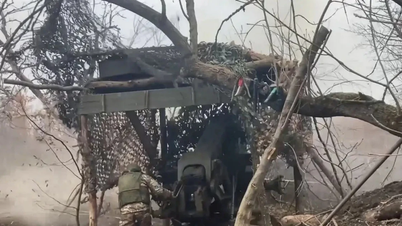
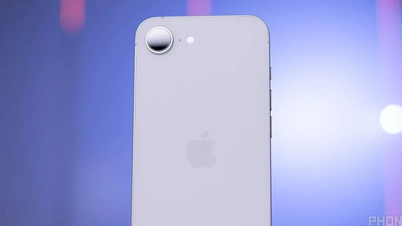

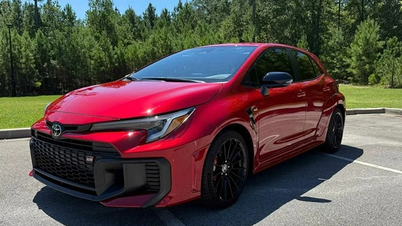











































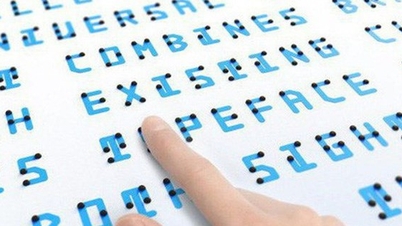



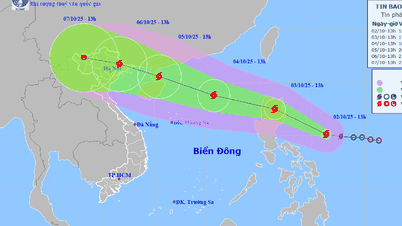




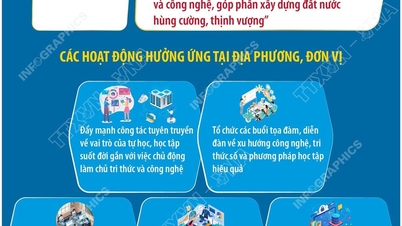















Comment (0)